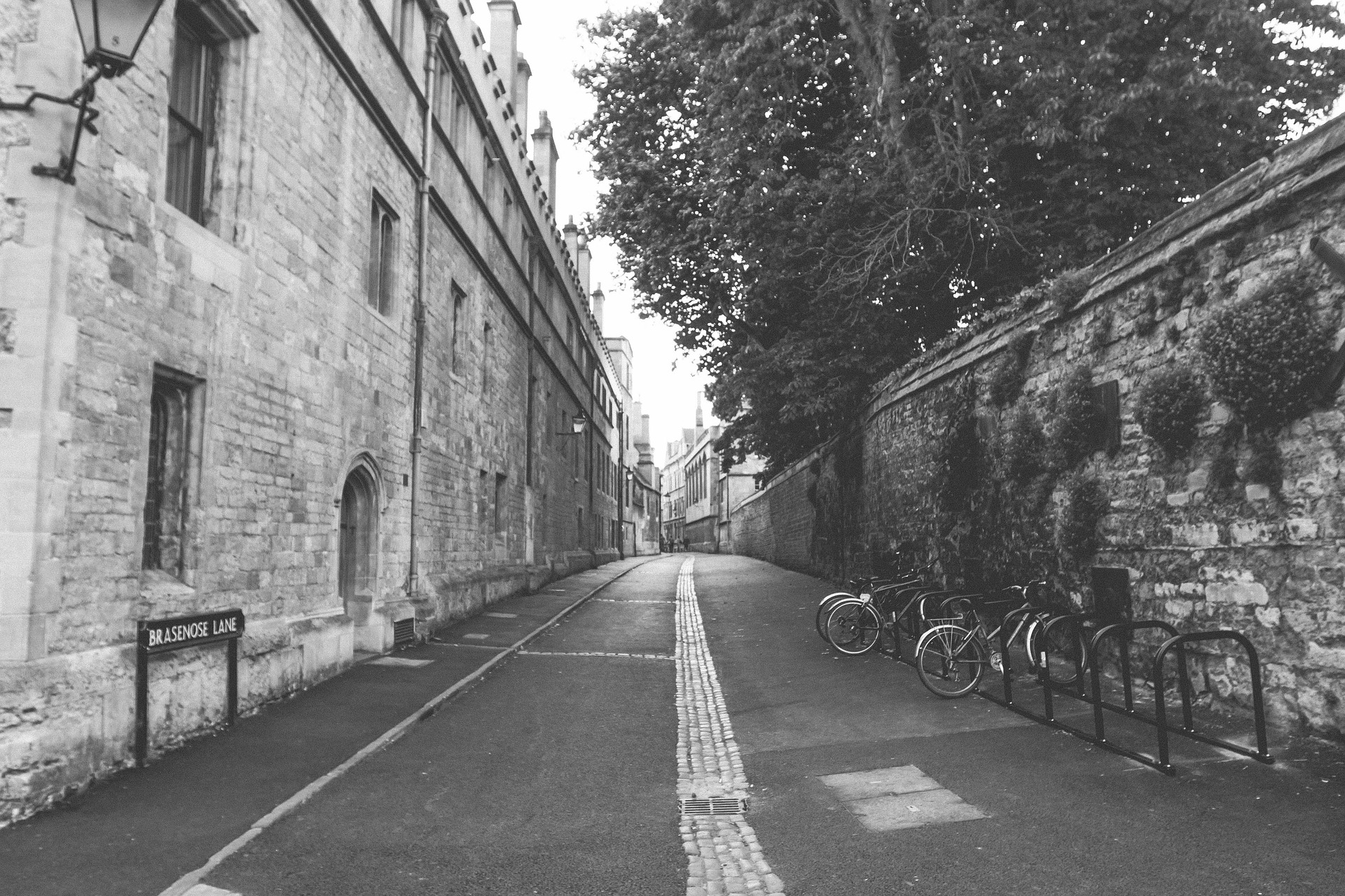Why are ‘as built’ surveys necessary?
As built surveys are required for road adoption, land registry plans and to check that buildings and street furniture are in the right place and to the correct measurements. These surveys can be incredibly useful for anyone who has to carry out work on the scheme at any point in the future. They can show that plans have been followed carefully at every stage of the project or alternatively, they can serve to highlight any occasions where variations from the original plans and designs have had to be made.
This documentation is useful for any further development, ongoing site maintenance or if construction companies need to confirm any aspect of compliance with regulations, especially if changes have been made to the original plans. Providing a comprehensive ‘as built’ survey is vitally important as a legacy document for any building work.
Safety first
An ‘as built’ survey can be useful when it comes to looking after the safety of anyone working on any future changes or expansion of a scheme, particularly where excavation of buried services is involved. This is especially true in cases where ownership of a scheme may have changed hands many times. When it comes to a potential demolition, accurate ‘as built’ surveys provide much of the information required to make sure it can be carried out safely too.
A piece of history
These surveys are a great way to track the history of a particular piece of land for record keeping. This can be invaluable in cases where, for example, local residents want to get a particular road adopted or there may be a dispute over the ownership or route of a shared driveway.
What happens without an ‘as built’ survey?
Not providing ‘as built’ surveys can present myriad problems. Without them, you may be left only with initial construction drawings, sometimes drawn by hand, which means relying on a good deal of guesswork to calculate how work has been carried out. This can lead to further exploratory measured surveys having to be carried out, with all the additional expense and time that is likely to involve.
A truly professional surveyor will know that an ‘as built’ survey should form part of every construction contract. Too often, these surveys are not prioritised and are neglected throughout the construction period and then put together rapidly at the end. Frequently, not enough time, and therefore money, is dedicated to their production.
Nowadays, ‘as built’ surveys are highly sophisticated and can be completed in a matter of days. State of the art surveying equipment enables qualified surveyors to record data and use it to create 2D or 3D CAD drawings. The data could include measurements of building plots, topography, site improvements, measurements of detailed construction works and positions of street furniture too. These are all put together to create a working document that can be further adapted and added to as additional work is carried out. It’s also worth considering doing these as part of a wider programme of works, or – for example, where a housing development is well underway – carrying out ‘as built’ surveys on some properties and setting out others can save time and effort at the end of the construction project.
Whatever your chosen approach, our recommendation is always to make sure that ‘as built’ surveys are written in to the construction contract so they can be part of the programme from the start, encouraging accountability, ensuring compliance and providing a really useful resource for the lifetime of the scheme.








